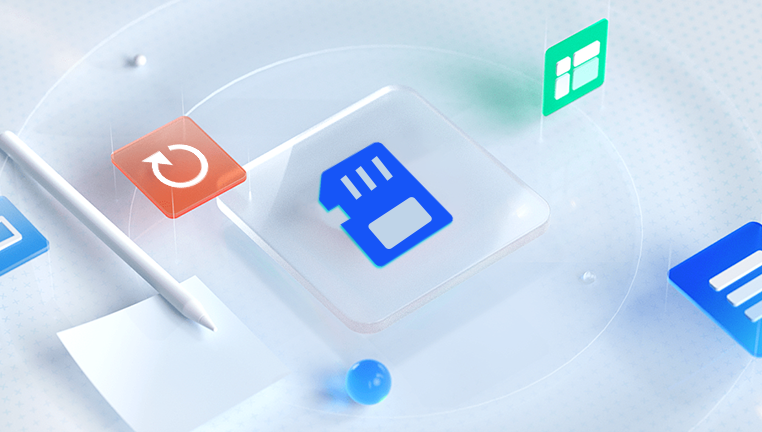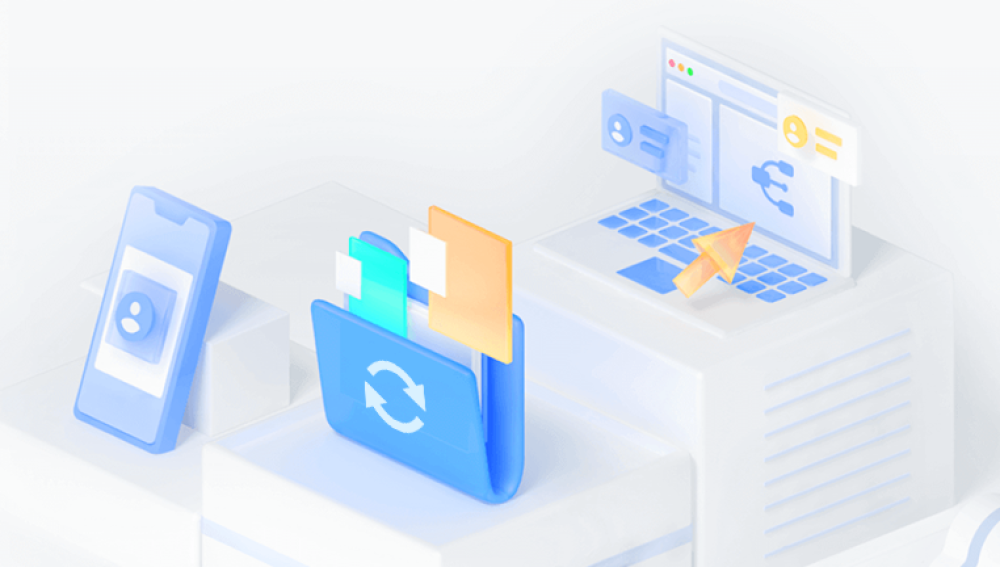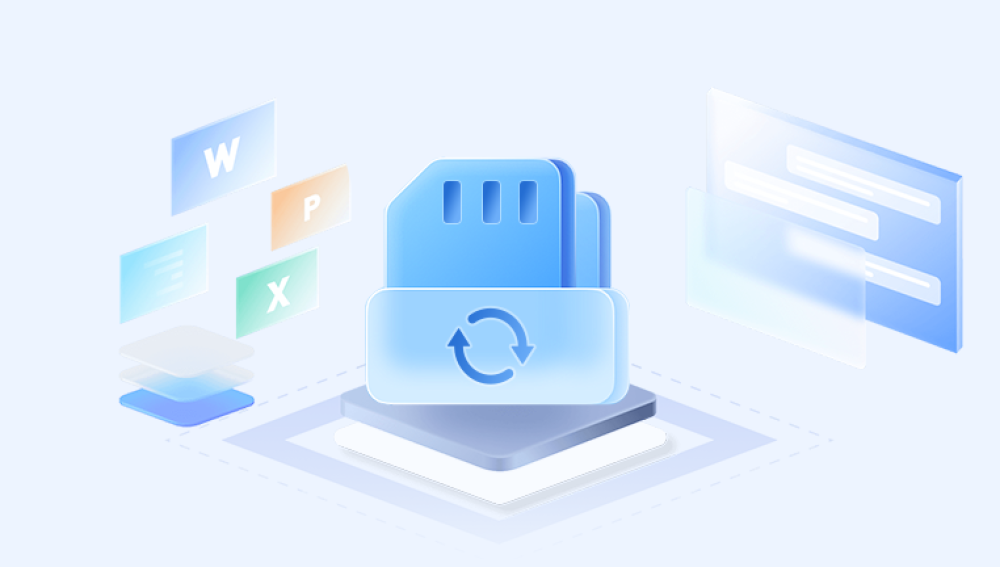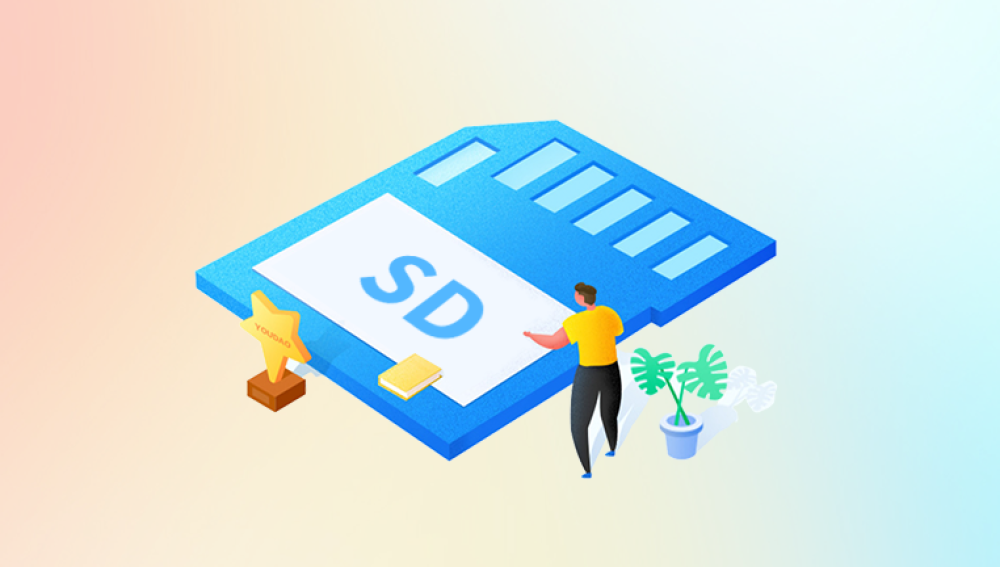1. SD Card Formatting
1.1 What is Formatting?
Formatting an SD card involves preparing the storage device for use, which typically erases all existing data and creates a new file system. There are two types of formatting:
Quick Format: This only deletes the file entries in the file system without overwriting the data.
Full Format: This overwrites the existing data and checks the disk for errors, making recovery more difficult.
1.2 Why Format an SD Card?
Formatting an SD card can be necessary for several reasons:
To clean the card and remove unwanted files.
To change the file system (e.g., from FAT32 to exFAT).
To fix file system errors.
Understanding these reasons can help you prevent future formatting mishaps.

2. Signs of Data Loss
Before attempting recovery, ensure that your data is indeed lost. Signs of data loss may include:
Unable to access files on the SD card.
Error messages such as “Card not formatted” or “Please format the disk.”
Files appearing as corrupted or missing.
If you notice these signs, it's essential to stop using the SD card immediately to avoid overwriting any recoverable data.
3. Preparation for Data Recovery
3.1 Stop Using the SD Card
As soon as you realize your data is missing, refrain from writing any new data to the SD card. This increases the chances of a successful recovery.
3.2 Create a Backup
If you have access to another device that contains the same data, create a backup before proceeding with any recovery attempts.
3.3 Choose the Right Recovery Software
Panda Assistant is an innovative data recovery software designed to help users effortlessly recover lost or deleted files from various storage devices, including SD cards, external hard drives, and USB drives. With its user-friendly interface, Panda Assistant simplifies the recovery process, making it accessible for both tech-savvy individuals and those with minimal technical expertise. The software employs advanced algorithms to scan storage devices deeply, ensuring a high success rate in retrieving files, even from formatted or corrupted drives.
Key features of Panda Assistant include fast scanning options, preview functionality for recovered files, and support for various file formats, including photos, videos, documents, and more. It prioritizes data integrity and provides users with detailed instructions throughout the recovery process. Additionally, Panda Assistant offers regular updates to enhance performance and compatibility with the latest operating systems. Whether you’re recovering important work documents or cherished memories, Panda Assistant serves as a reliable ally in the realm of data recovery, helping users reclaim their valuable information with ease and confidence.
4. Data Recovery Methods
4.1 Using Data Recovery Software
This is the most effective and user-friendly method for recovering data from a formatted SD card. Here’s a step-by-step guide:
Step 1: Download and Install Recovery Software
Choose a Recovery Tool: Based on your research, select a suitable recovery tool.
Download and Install: Follow the installation instructions carefully. Ensure you install it on a different drive than the SD card to prevent overwriting data.
Step 2: Connect the SD Card to Your Computer
Use a Card Reader: Insert the SD card into a card reader and connect it to your computer. Ensure the computer recognizes the card.
Step 3: Launch the Recovery Software
Open the Software: Start the data recovery program.
Select the SD Card: Locate the SD card from the list of available drives.
Step 4: Start the Scan
Choose Scan Type: Most recovery software offers two types of scans—quick and deep. Start with a quick scan and, if necessary, proceed to a deep scan.
Initiate Scan: Click the scan button and wait for the software to complete the process. This may take some time, especially for a deep scan.
Step 5: Preview and Recover Files
Preview Recoverable Files: Once the scan is complete, the software will display a list of recoverable files.
Select Files: Check the files you wish to restore.
Recover Files: Choose a destination on a different drive to save the recovered files to avoid overwriting the SD card.
Step 6: Verify Recovered Files
Open Recovered Files: Once the recovery process is complete, navigate to the location where you saved the files.
Check Integrity: Open the files to ensure they are intact and usable.
4.2 Manual Recovery Techniques
If you prefer not to use software or if the software approach is unsuccessful, consider manual recovery techniques, though these may be more complicated and less reliable.
Step 1: Use Command Prompt (Windows)
Connect the SD Card: Insert the SD card into your computer.
Open Command Prompt: Type cmd in the search bar, right-click on Command Prompt, and select “Run as administrator.”
Type Command: Use the command chkdsk X: /f, replacing X with the drive letter of your SD card. This command attempts to fix any file system errors.
Step 2: Check Temporary Files
Look for Backups: Check for temporary files created by various applications, as they may still hold versions of your lost data.
Use File History (Windows): If you have File History enabled, you might be able to restore previous versions of files.
5. Preventing Future Data Loss
5.1 Regular Backups
Always keep backups of important data on multiple storage devices or cloud services.
5.2 Safe Ejection
Ensure you properly eject the SD card from devices to prevent file system corruption.
5.3 Avoid Overwriting
Be cautious when using the SD card. If you need to format or delete files, consider temporarily moving them to another storage device first.
5.4 Use Reliable Software
Invest in reputable software for data management and recovery to minimize the risk of data loss.




